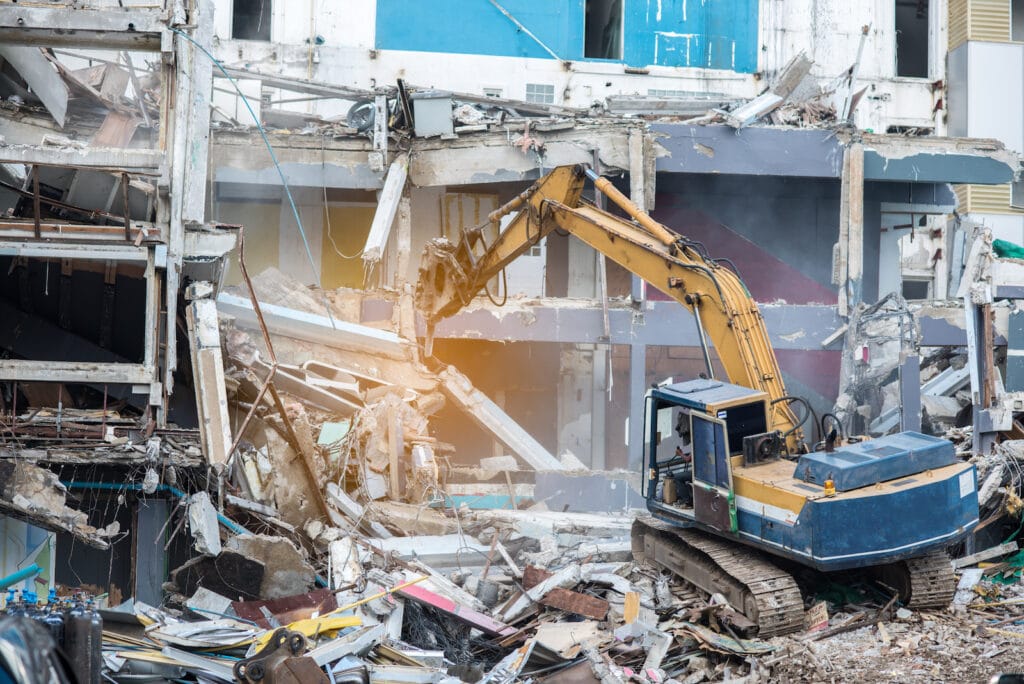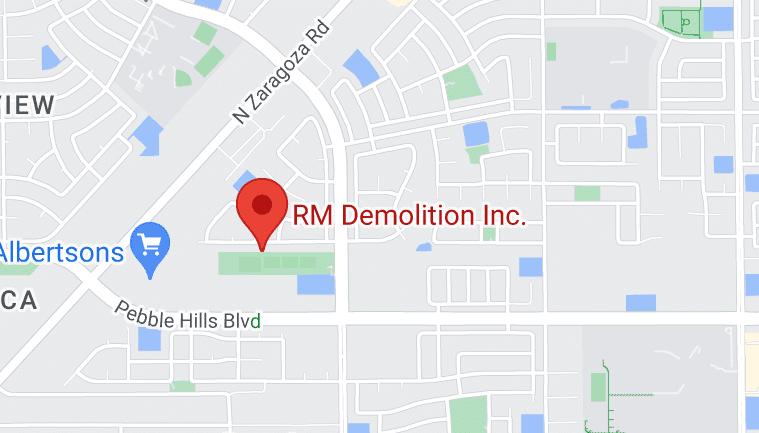To build. To create. These are innate human urges. This internal drive has produced vast and burgeoning cities with sophisticated architecture and improved building techniques over centuries. But just like we have an urge to build, there is also some primal part that seeks to destroy and gets some kind of guttural pleasure in the destruction of things that have reached their end. In other words, blowing stuff up is pretty darn cool. Show me a young lad who looks away at the sight of a grand building biting the dust and blowing to bits behind a cloud of rubble and smoke. In theory, it sounds relatively straightforward, but modern-day demolitions are carefully crafted works of creative destruction. Demolitions must be done with environmental factors in mind and considerations for nearby structures and communities.
Crafting A Controlled Demolition — The Internal Dynamics of Perfect Explosions
If only demolishing buildings were as easy as strapping some dynamites to its haunches and pressing a button. When looking at the destruction of large skyscrapers or considerably complex structures in the middle of a busy city or bustling downtown, there is a lot of collateral damage that needs to be considered. There are different types of demolition methods that depend on the type of building, location, climate, and other factors.
The Implosion Method — Explosive Demolitions
The implosion method for demolitions has been around for a long time and it’s quite a specialized field in the demolition world. The process uses explosives to ‘attack’ the structure’s main support, which causes a collapse from the inside out. These explosives are planted in various levels throughout the structure. With no support structure, the building will fall. As the heavy parts fall the bottom parts collapse as well. When a building is surrounded by other structures that must be protected, the process is known as ‘falling into its own footprint.’
Every Demolition is Different
Every building is unique and there might be several ways to demolish any one building. Demolition experts might envision the demolition of the same building differently, each with its special touch. It’s like every building has its own equation and a slightly different answer can be found.
To begin with an implosion, you need some blasters. That’s the name of the very uniquely qualified experts that are licensed to do this type of work. A proper implosion will require the following process:
- Careful analysis of the blueprints. An expert needs to understand how the building is distributed. The blueprints provide the
- Preparation of the site. Some prep work ensures the success of the blast. This might include removing load-bearing walls, stripping support columns, and other tactics used to lessen the fallout of debris.
- Assessment of required explosives. Depending on building material, blasters select a careful concoction of explosives. For example, dynamite is preferred for concrete columns.
- Loading explosives. Explosives are strategically placed to make the demolition process more effective.
- Timing the detonation. Implosions require an electrical charge. Blasters set up the current to go through a long wire to set off the main explosives.
Demolishing a building also requires some careful investigation before the final explosion. If the building has traces of hazardous materials like asbestos, petroleum contamination, or radioactive materials, these must be carefully removed before any demolition occurs.
Non-Explosive Demolition Methods — Wrecking Balls and More
Building destruction doesn’t always take explosives. Sometimes it is more appropriate to use non-explosive methods. These methods will require the use of specialized equipment to assist with the process.
Excavators and bulldozers: These powerful machines are used mostly for smaller buildings. Not exactly the best option for tall buildings, but puts up an impressive fight against shorter structures.
Wrecking Ball: Even before Miley Cyrus’ unfortunate song, wrecking balls had been an important part of demolition crews. This demolition icon has its place in destruction history. This, of course, is a dangerous method and needs to be controlled by a highly trained professional. Over the course of the years, this method has fallen out of favor in the construction world given the lack of control and the dangers involved. It was typically used for taller buildings (about 6-7 stories). The wrecking ball would often weigh up to 12,000 pounds while suspended by a crane and swung with considerable force into a building.
The Method Known as Deconstruction
Deconstruction is a different approach to building removal and involves a much more constrained process that takes a building apart piece by piece. In a way, it is a reversal of the construction process. A lot of old building parts get repurposed or recycled. This is not exactly the most efficient method for large skyscrapers or buildings. Depending on the situation this might be the most inexpensive method.
Find a Professional To Help With Your Demolition Needs
As you know, there are several methods for demolition. It all depends on the type of building, the size of the building, the building materials you are dealing with, and other environmental factors. Here at RM Demolition, we have generations of experience in some of these complex processes. We can help assess what you need.
For demolition services in El Paso, call RM Demolition. We do the heavy work.

